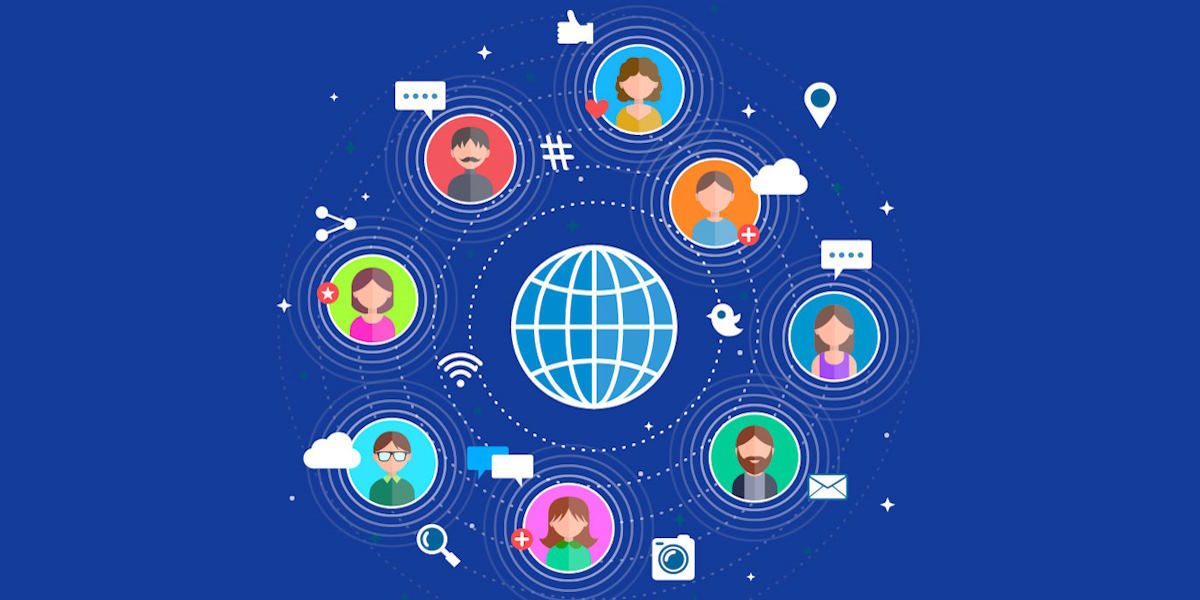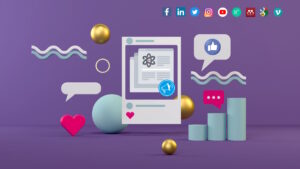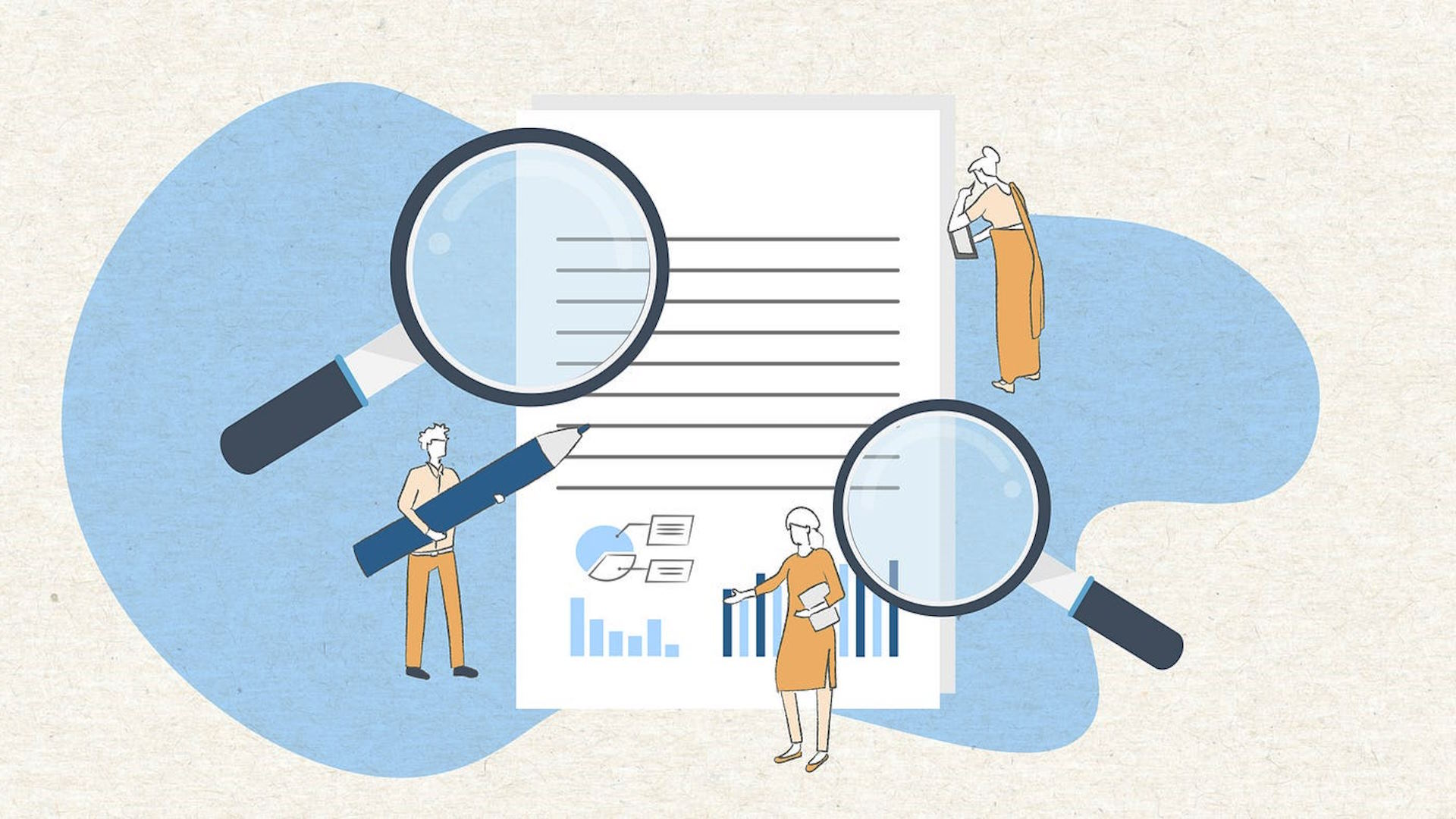Social media has become the main part of scholarly communication. This is because of networking, increased visibility, post-publication communication, and transparency, two-way exchange, sharing articles, and tracking metrics. You can explore realistic methods to use social media and improve scholarly communication.
Academic collaboration is a formal arrangement between academics and other parties involving various activities. Some of them are joint degree programs, memoranda of understanding, group projects, co-authored papers or presentations, joint institutes or centers, and test preparation.

Improve academic collaboration
Easy-to-follow guidelines for enhancing academic collaboration through social media have attracted many people in recent times. Social media help a lot to create a sense of community among dedicated learners. This is because it lets them interact with each other, share their ideas, and work on projects together.
Social media promotes a collaborative learning environment. This is because it encourages peer-to-peer interaction. It boosts motivation and encourages engagement further by acknowledging the learners’ achievements. It offers analytics to help monitor progress and comply with suitable strategies.

How to disseminate research findings?
It is the appropriate time to explore social media as a tool for disseminating research findings. Social media lets researchers connect with others, promote research, stay updated, engage with the public, and maximize visibility. As a researcher, you must connect with other researchers, policymakers, and academics. You can use the social media and connect with these people. You will be happy to use chances for knowledge sharing, collaboration, and advice.
Researchers can use social media to share their research findings and follow relevant accounts on social media to learn about the latest things. They can also directly interact with the public and foster discussions. They know about the role of social media in peer review and feedback. They get a good improvement in the visibility and impact of research. This is because of connecting with journalists and policymakers.







